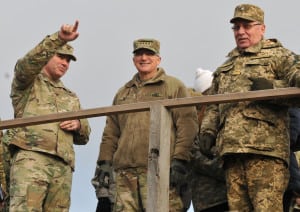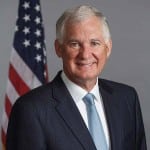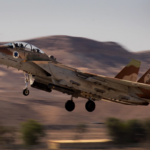
U.S. European Command needs more troops, especially armored units, in order to provide a credible deterrent to Russian heavy mechanized units it faces along NATO’s eastern flank, according to Supreme Allied Commander Gen. Curtis Scapparrotti.Scaparrotti, also chief of U.S. European Command (EUCOM), told lawmakers this week that the 60,000 troops under his command on the Continent are not enough to keep Russia from continued sabre rattling against the Balkans and Ukraine.“The challenges that we have – Russia’s force is a…

 By
By 











